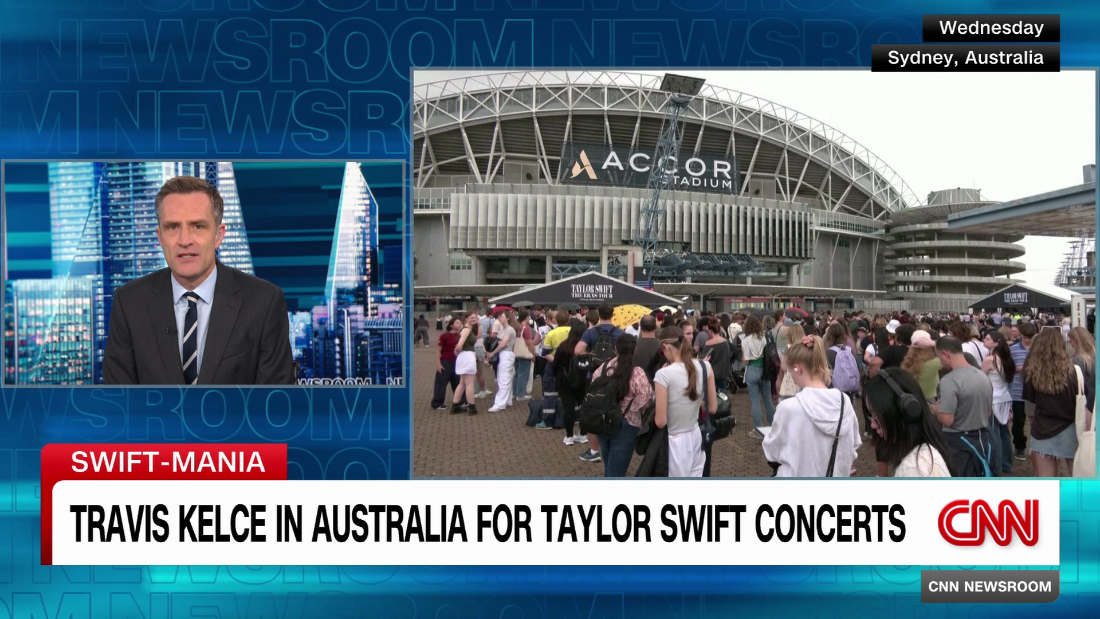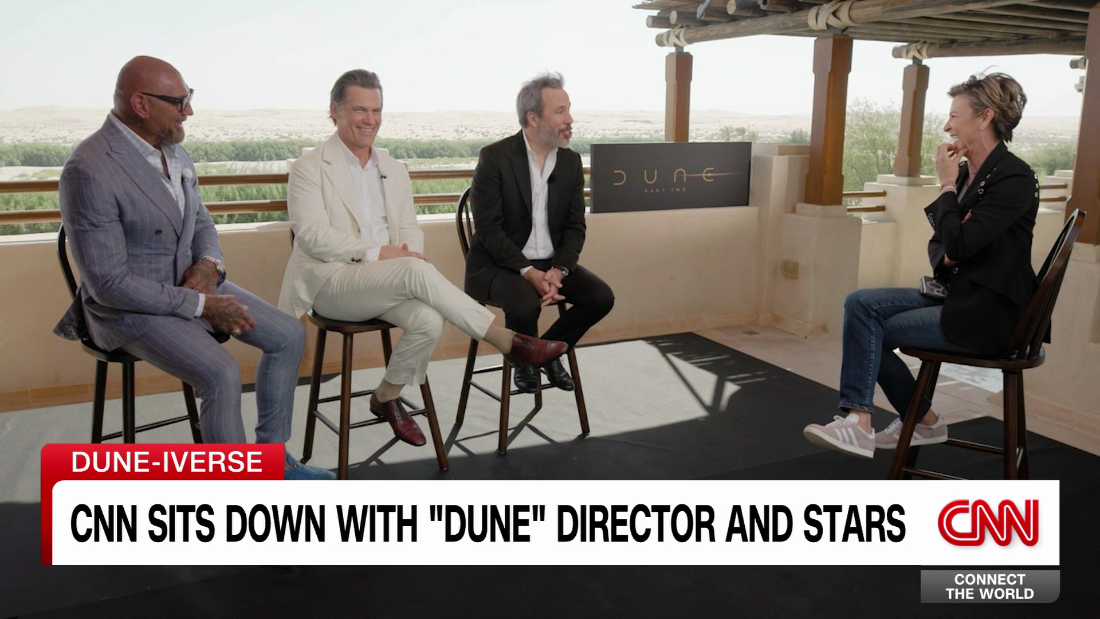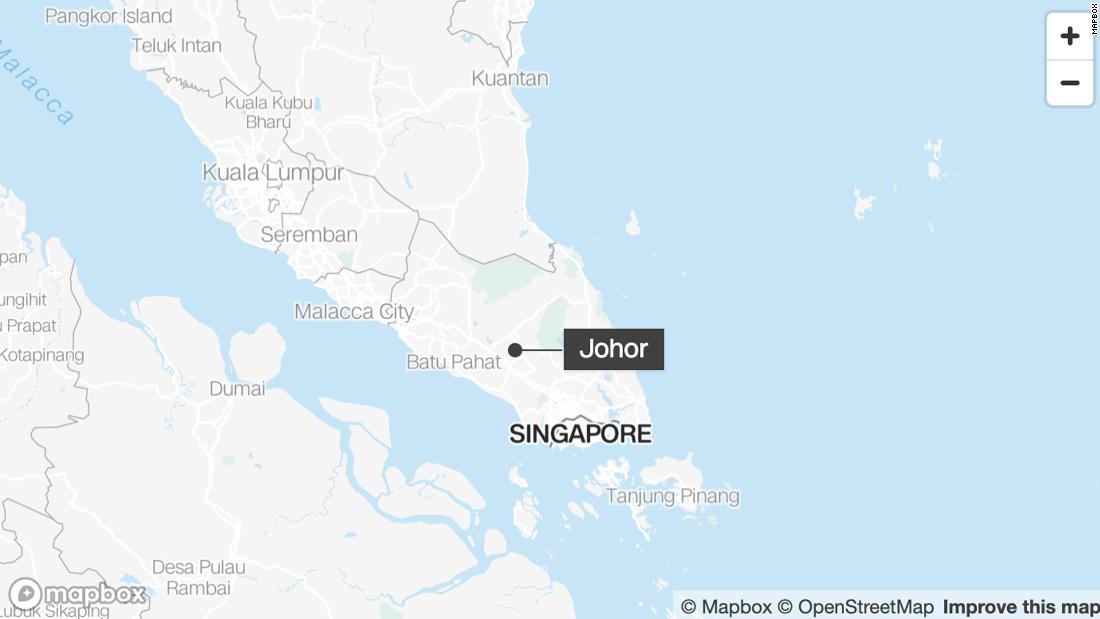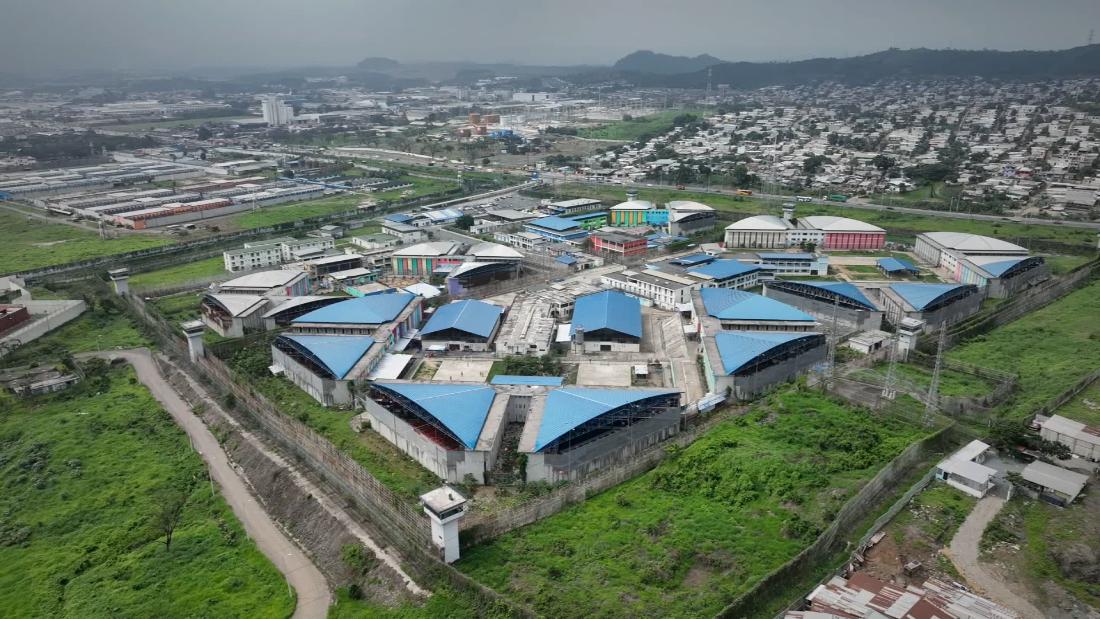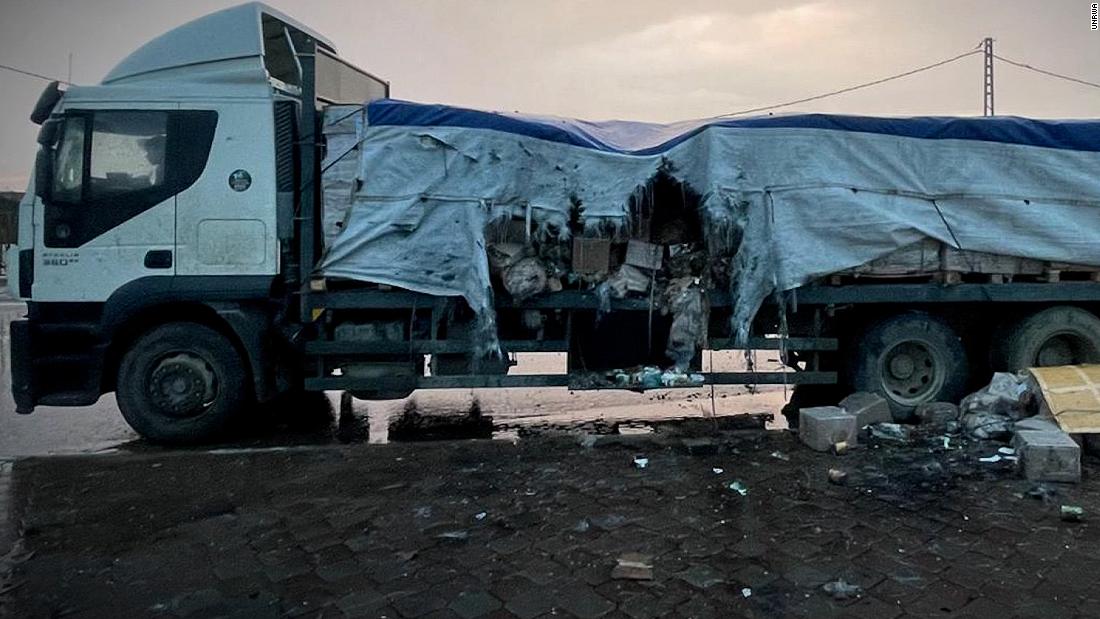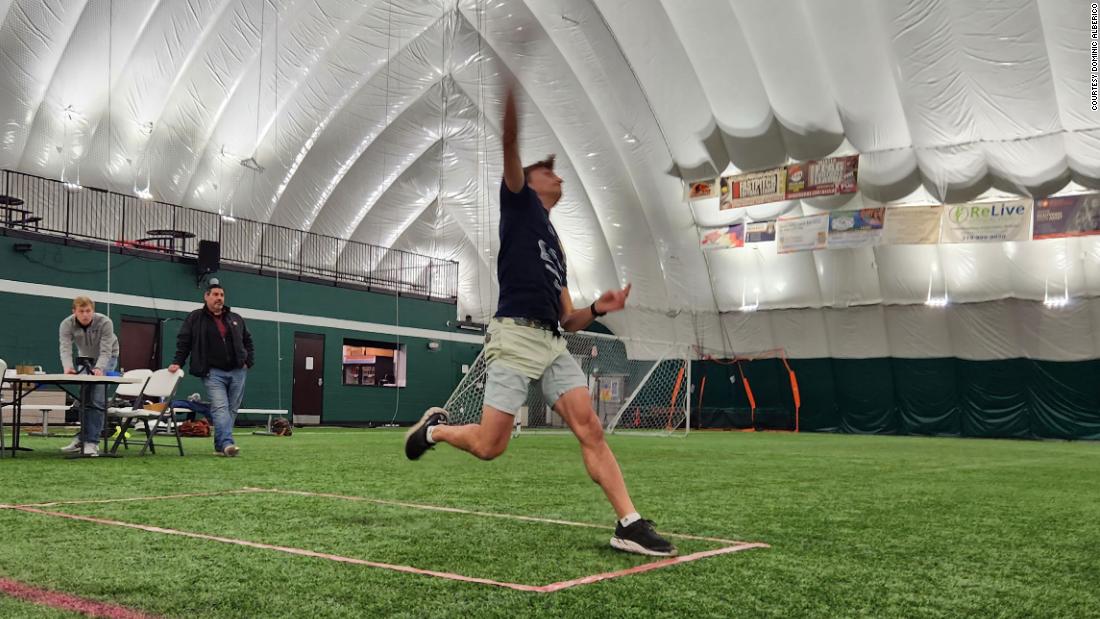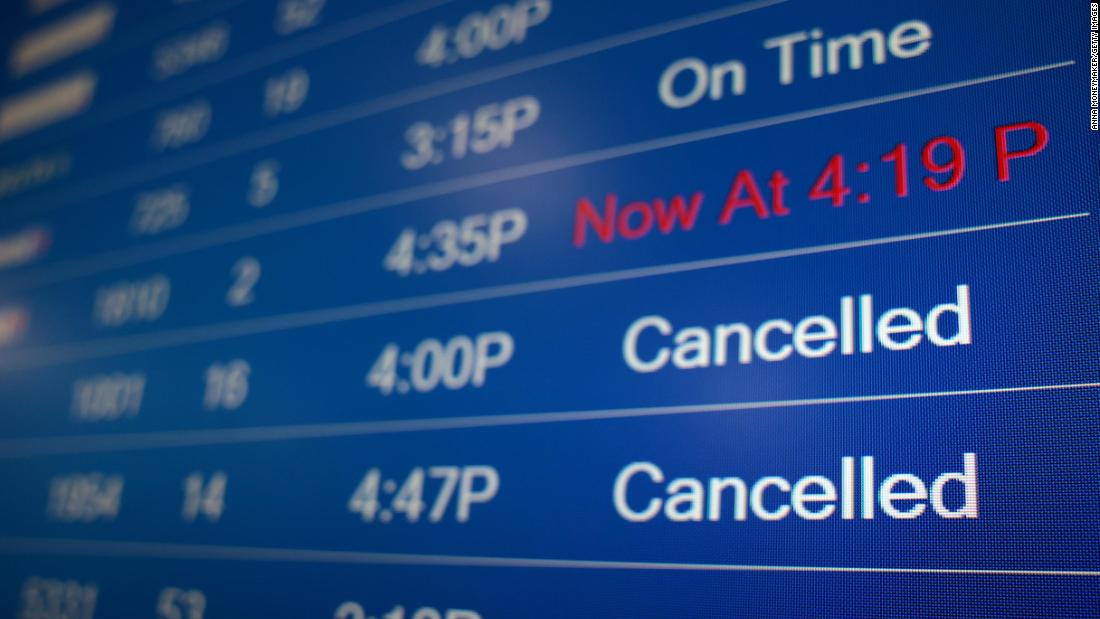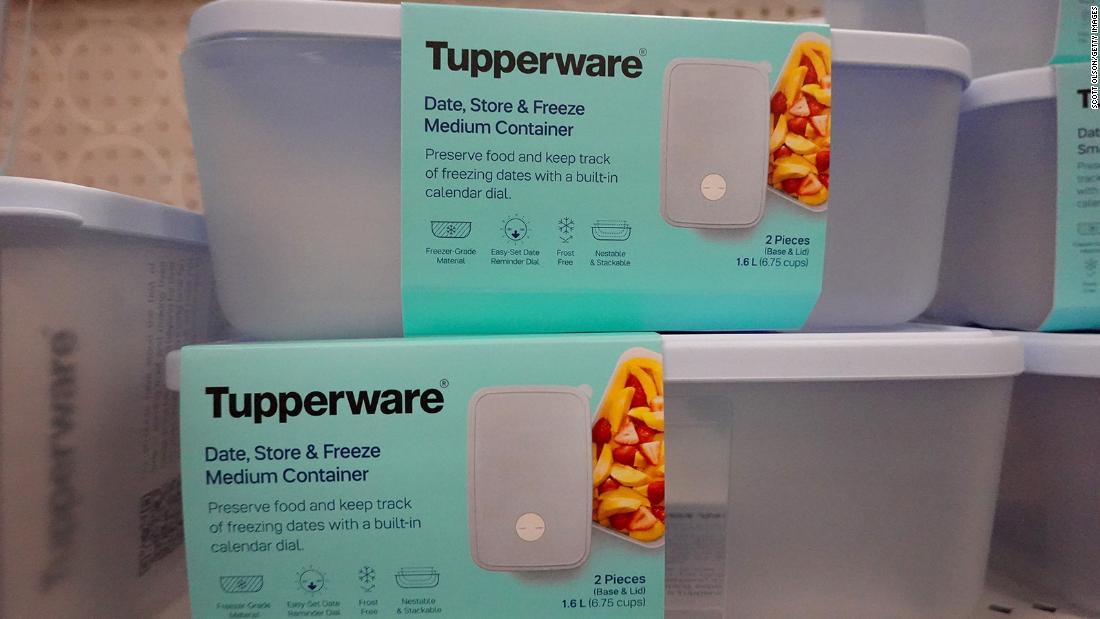AN Australian worker has revealed how he makes £80,000 in an entry-level job but his pals earn even more.
The savvy man shared the perks of his job but warned that the work isn’t for everyone.
TikTok/@niallread1A savvy worker shares how he makes £80,000 a year in an entry-level job[/caption]
TikTok/@niallread1The worker confesses the job isn’t for everyone[/caption]
TikTok/@niallread1He has shared the perks and difficulties of doing a FIFO work in mines[/caption]
Niall Read has made waves online when he posted a video on TikTok to share the advantages that come along with his job.
The Fly-in-Fly-out worker boasted his hefty paycheck along a list of great perks.
He said he was able to earn a whopping £80,000 a year straight out of an apprenticeship.
The Aussie said he found his first job very quickly – and did not need any significant experience to land the role.
He said: “I was an entry-level sparky who just finished his training and I was on about £80,000 per year.
“And that was not with a lot of experience and I got the job pretty quickly.”
But that’s just the tip of the iceberg as Niall’s peers make even more than that a year.
The pay range varies based on experience and ability level, and it is feasible for a FIFO worker to make over £130,000 annually.
On top of that, employees may usually save practically all of their earnings due to special perks.
One such worker was able to save £15,000 in just four months by doing a fly-in-fly-out job in Australia.
She even claimed that she’s made so much money from her hard graft that she didn’t know how to spend it all.
FIFO jobs have become increasingly popular as they provide free accommodation, food and flights.
Niall claimed that FIFO workers only need to pay rent half of the year as all expenses are covered when you are on the job.
And having the other half of the year free allows workers to have more time for travelling and resting.
The Aussie works eight days in a row, and gets to enjoy six days off after his rota.
“You have a lot of free time to do what you want,” he added.
But it isn’t all sunshine and rainbow, Niall warned.
“There’s plenty of money to be there.
“But I have to warn you is it what you make of it.
“The lifestyle is not ideal for everyone,” he said.
Despite the benefits and good money, it is apparently a job that not many want to do.
An average shift lasts about 12 hours a day, and FIFO means you’ll spend anywhere from one to four weeks working without time off.
It also includes hard physical labour, and in some cases working in confided spaces or at heights.
“If you’re bad with habits and you think you cannot look after yourself, it is probably not the place to be,” Niall added.
Meanwhile, an engineer has revealed how she works on some of the world’s most luxurious oil rigs – and gets paid a fortune.
Shams Albayati, 27, has worked on oil rigs with sunbeds, massage chairs, indoor pools and even racing simulators.
What are FIFO jobs?
“Fly-in-fly-out” (FIFO) jobs involve workers being flown out to a remote location, often large mining regions in Australia and Canada, to work for a set amount of time before returning home.
This saves families relocating to somewhere with very limited resources and facilities.
Workers usually work a two weeks on, two weeks off period, where all days off are spent at home rather than at the work site.
Mining is the most common form of work, where employees can endure 12 hour shifts for a number of continuous days.
The work is certainly challenging but it can be incredibly rewarding – and the pay is often higher than regular 9-5 office jobs.
The average FIFO salary in Australia is $109,279 (£56,784) per year or $56.04 (£29.12) per hour.
Workers will also have their accommodation and food paid for when working in these remote locations.
As the employee’s work days are almost entirely taken up by working, sleeping, and eating, there is little need for any recreation facilities at the work site.
Published: [#item_custom_pubDate]


















